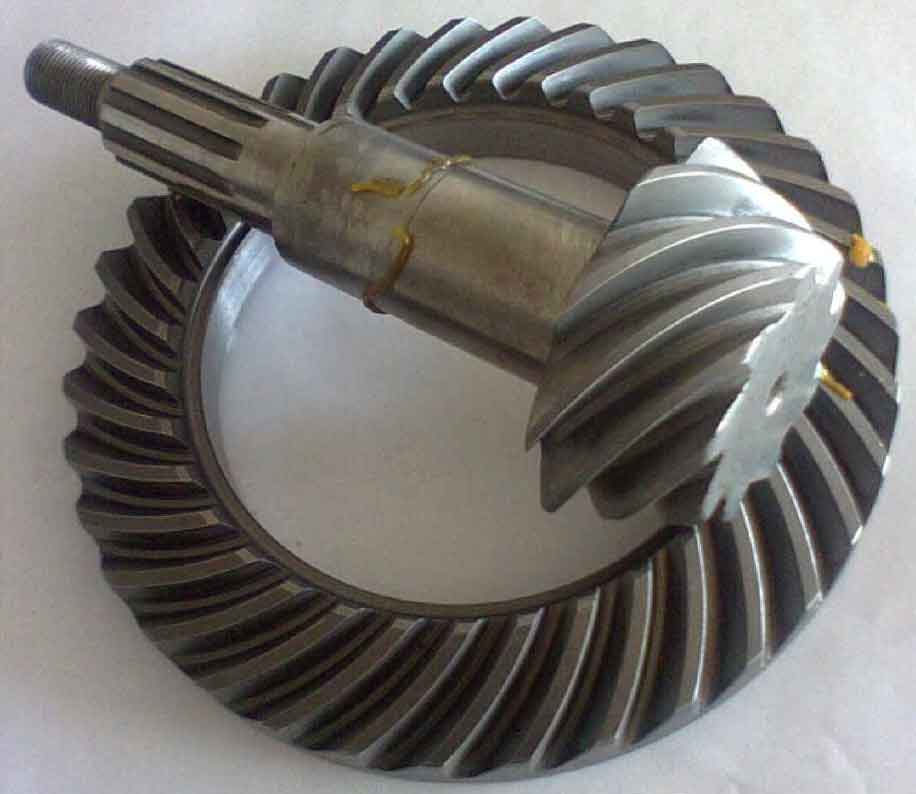Although a lot of research has been done on the precision forging of spiral bevel gear at home and abroad, there are still some problems in the process of applying it to production practice:
(1) High requirements for molds. The tooth profile of spiral bevel gear is more complex, which determines that the mold cavity is also more complex. Mold processing is difficult and the cost is high.
(2) Accuracy is difficult to guarantee. The accuracy of the forged gear directly depends on the accuracy of the die cavity. At the same time, there are also factors such as thermal shrinkage deformation and high-temperature oxidation in the forging process, so it is difficult to ensure the accuracy of the forged tooth profile.
(3) Precision forging requires large forming force and low die life. The tooth profile of spiral bevel gear is complex. In order to ensure full filling of tooth profile, the forming force is often large, which will reduce the service life of the die.
At present, most domestic gear manufacturers still use traditional production technology to produce spiral bevel gear. The traditional production process is: blanking, forging blank, rough and fine turning blank, rough and fine milling gear, heat treatment, fine grinding gear, inspection and matching. Taking a gear factory in Guangdong as an example, the traditional production process is still used to manufacture spiral bevel gears.
In the forging production of gear blank, the traditional methods of experience and experiment are still used in die design and process formulation. However, gear forging is a three-dimensional unsteady plastic deformation, and the deformation mechanism is very complex. There are not only material nonlinearity, but also geometric nonlinearity, but also boundary condition nonlinearity. Die design and process formulation based on experience and experiment will lead to large material waste, large forging energy consumption, poor forging quality and high scrap rate.
Therefore, based on the existing equipment, it is of practical significance to study the gear blank forging process by numerical simulation, so as to provide guidance for die design and process formulation.

